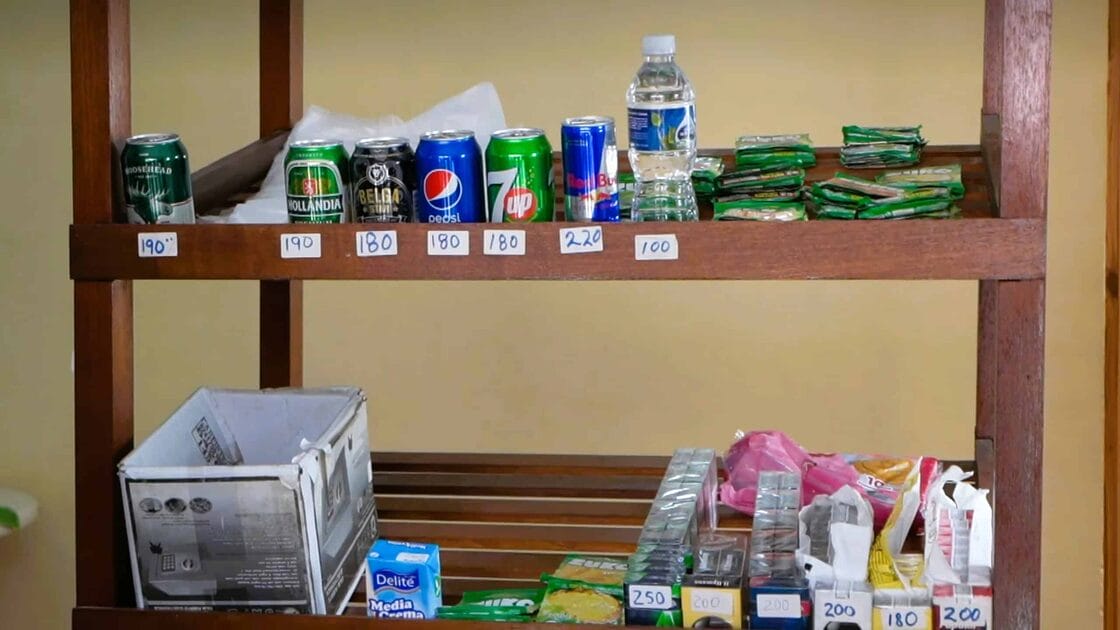All micro, small and medium-sized businesses (MSMEs) in Cuba must declare taxes exclusively in digital format before the National Tax Administration Office (ONAT). It was established by Resolution 8 of 2024 of the Ministry of Finance and Prices (MFP), published in the Official Gazette of Cuba on February 15, 2024.
The truth is that it is mandatory for all companies having legal personality to submit an affidavit in digital format.
In this sense, Finance and Price Minister Vladimir Regueiro Ale said that this decision has been made taking into account several processes. Among them, the progress of the computerization process of society in Cuba is prominent.
Therefore, the purpose of the regulations is to facilitate this process for taxpayers and improve the tax control mechanism.
Let us recall that Law 113 of the Tax System (July 23, 2012) has already established the obligation to make an affidavit on profits received. It is addressed to taxable subjects and has to be submitted annually within the quarter following the end of the financial year.
Now, the new precision of the MFP does not change what has been established. Now it starts digitization of tax returns on mandatory basis.
How to calculate profit tax?
It should be clarified here that MSMEs in the country are subject to 35% profit tax. Therefore, the first step is to determine gross income. In this process, all the income received by the company during the financial period is added up.
The next thing is to cut operating expenses. That is, from gross income, the expenses necessary to generate that income are subtracted.
The third step is to calculate the net profit before taxes; That is, the difference between gross income and deductible expenses.
Next, past tax losses are applied. Therefore, if the law allows, tax losses of previous years can be offset from profits of the current period. Therefore, the tax base will be reduced.
Actually, the next step is the determination of the tax base. Additional adjustments are applied to pre-tax net profit as per country-specific tax laws to arrive at the tax basis.
The tax rate is then applied, which may be fixed or progressive depending on the jurisdiction.
Finally, tax credits can be applied to investments, research and development, or taxes paid in other jurisdictions. Additionally, there are other specific deductions included to reduce the tax payable.
The truth is that in this context, with the new legal regulations, not all MSMEs have the capacity to adapt. The basic reason is that many of them do not have adequate computerization and telecommunication technology to do so.
To this, let’s add that they have to pay other taxes like sales or service tax, which is 10% of the total monthly income.
There is also a tax on workforce utilization, which is 5% of the monthly salary of employees.
Similarly, they have to pay social security contribution of 14% of the total monthly salary.
Of this, 12.5% goes to the state budget and 1.5% to social security. Finally, they will also have to pay a regional contribution for local development of 1% of the total income.

(Tags to translate)Cuba
Source link

